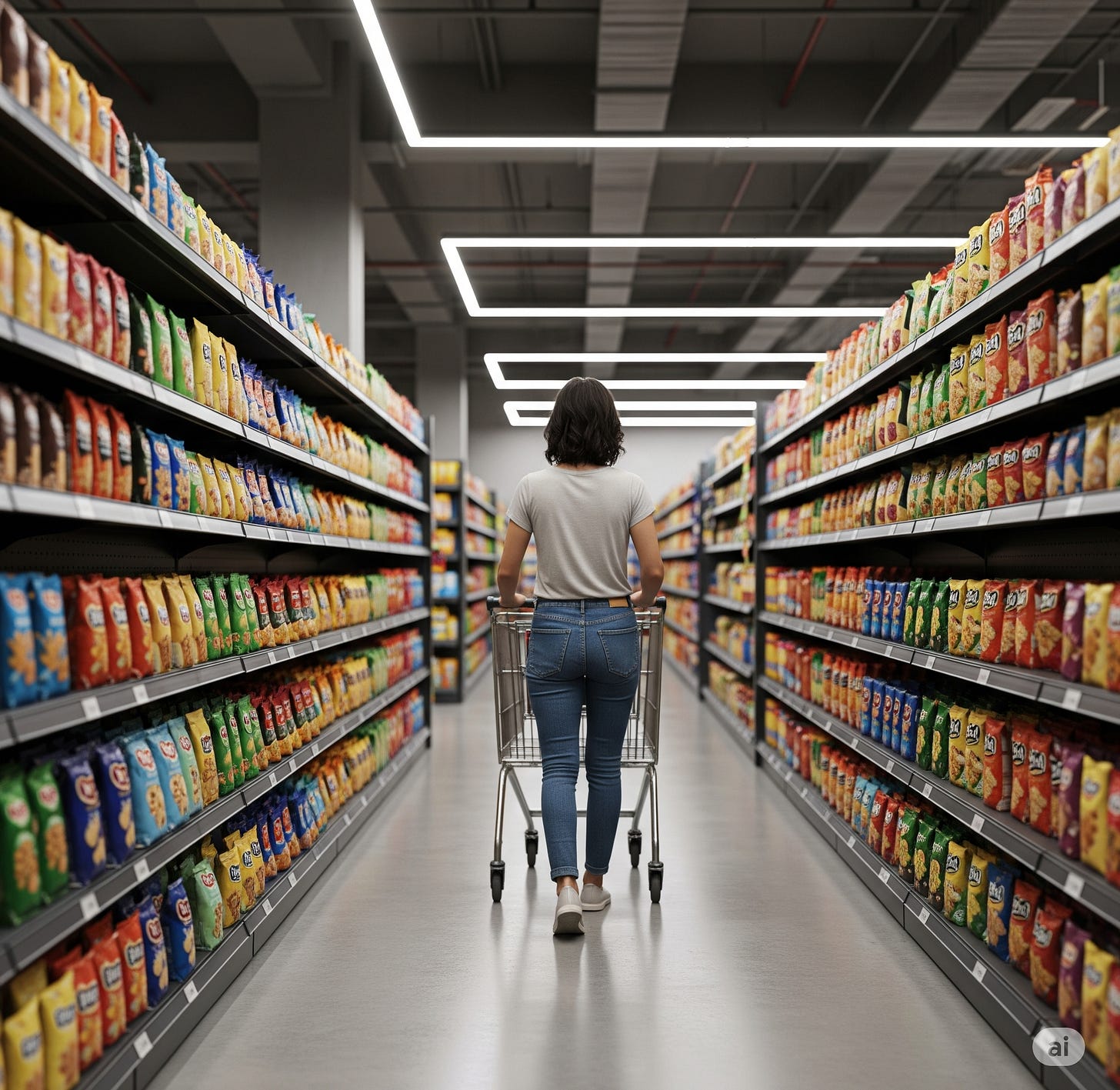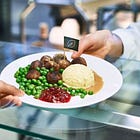Shoppers can't resist brightly colored food and drinks. Will muted hues change our grocery buying habits?
Shoppers picking out foods and beverages naturally pay close attention to price and flavor. But color also plays a big role, and some familiar hues could soon change.
U.S. regulators earlier this year said the government would phase out the use of petroleum-based synthetic dyes from the food supply—including eight specific ones—by the end of next year, citing “no nutritional benefit” and risks to “children’s health and development.” Big brands have already begun to adapt to the move, part of President Donald Trump's "Make America Healthy Again" effort.
Some experts say that means consumers should prepare for supermarket favorites to look different soon. That could change shopping habits, since color is one way companies tempt people to try a product and then to buy it again.
“We’re attracted to food by all of our senses,” said Sherry Coleman Collins, a registered dietitian nutritionist.
Food makers sometimes use coloring to evoke a flavor, she said: Strawberry milk, she said, can be made to look pink even if it doesn’t contain strawberries. Red can enhance the perception of sweetness, according to food scientist and consultant Bryan Quoc Le, while blue can decrease it.
“When we look at food, we expect it to look a certain way,” Coleman Collins said.
Experts Say Consumers 'Take Color for Granted'
Froot Loops’ rainbow-colored cereal, the bright orange of Cheetos and Twizzlers’ deep red are examples of brands leveraging color—in some instances using artificial colors—to make their products distinctive.
“You’re going to see how important color is in the coming years,” said Le. “A lot of consumers take color for granted because we’ve had such vibrant colors for so long in the food industry.”
—Read my full story on Investopedia





Great article, Parija!